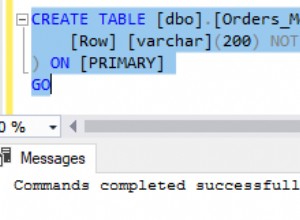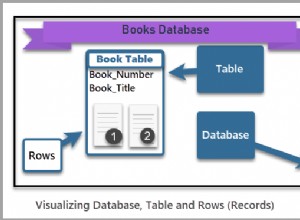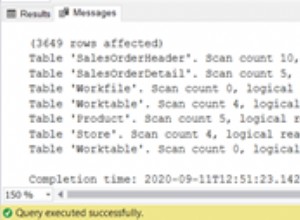Odpowiedź Jana (dołącz {"name":"ratio" , value:data.active/data.total} do wyniku po pobraniu wyniku z bazy danych) zrobi to bez wprowadzania jakichkolwiek zmian w schemacie.
Jako alternatywną metodę lub bardziej elegancki sposób wykonania tego w GraphQL, nazwy pól można określić w samym typie zamiast przekazywać je jako argumenty. I oblicz ratio pisząc resolvera.
Tak więc schemat GraphQL będzie wyglądał następująco:
Item {
total: Int,
active: Int,
ratio: Float
}
type Query {
items: [Item]
}
Klient określa pola:
{
items {
total
active
ratio
}
}
I ratio można obliczyć wewnątrz przelicznika.
Oto kod:
const express = require('express');
const graphqlHTTP = require('express-graphql');
const { graphql } = require('graphql');
const { makeExecutableSchema } = require('graphql-tools');
const getFieldNames = require('graphql-list-fields');
const typeDefs = `
type Item {
total: Int,
active: Int,
ratio: Float
}
type Query {
items: [Item]
}
`;
const resolvers = {
Query: {
items(obj, args, context, info) {
const fields = getFieldNames(info) // get the array of field names specified by the client
return context.db.getItems(fields)
}
},
Item: {
ratio: (obj) => obj.active / obj.total // resolver for finding ratio
}
};
const schema = makeExecutableSchema({ typeDefs, resolvers });
const db = {
getItems: (fields) => // table.select(fields)
[{total: 10, active: 5},{total: 5, active: 5},{total: 15, active: 5}] // dummy data
}
graphql(
schema,
`query{
items{
total,
active,
ratio
}
}`,
{}, // rootValue
{ db } // context
).then(data => console.log(JSON.stringify(data)))




